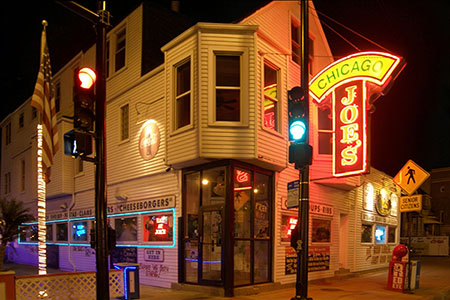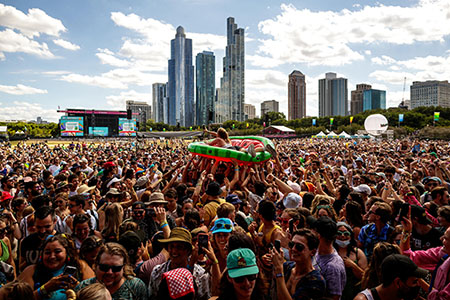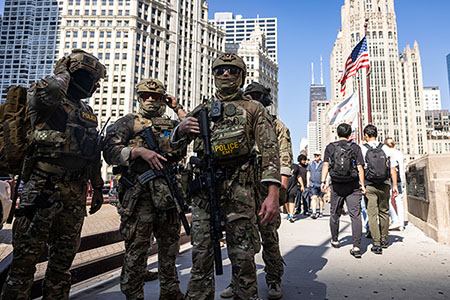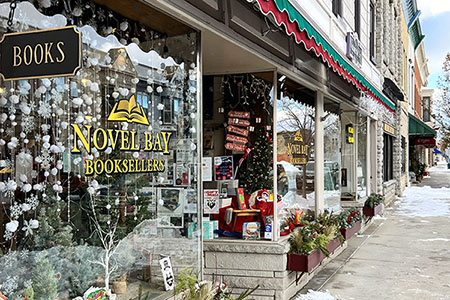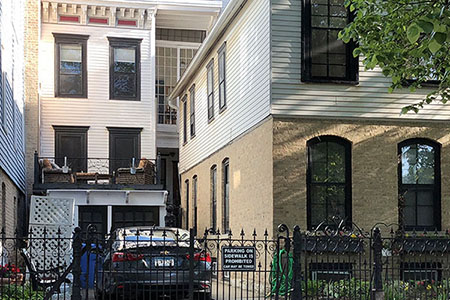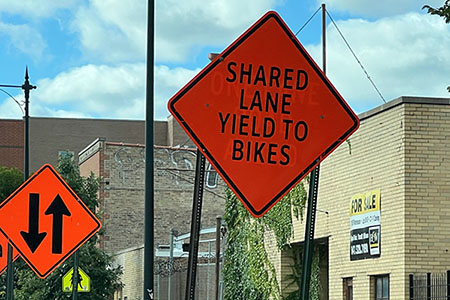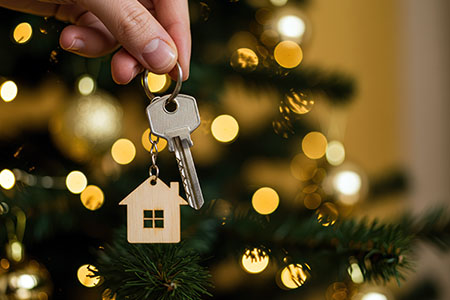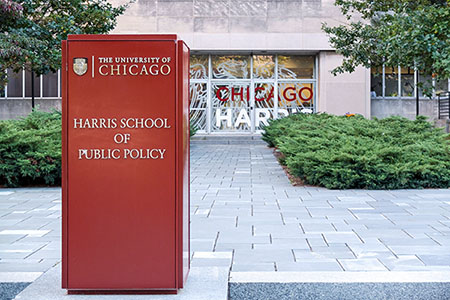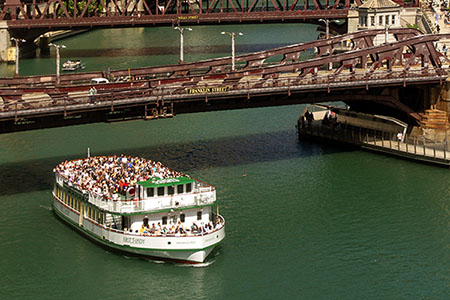
Ask any South Sider what makes Chicago’s Bridgeport neighborhood famous, and he or she will tell you it’s Irish mayors and 16-inch softball players. But don’t be surprised if the ball players are mentioned ahead of the politicians.
(Above) Mike Royko (top row, second from right), Don DeBat (top row, third from left), and the rest of the Chicago Daily News softball team, photographed at Billy Goat Tavern in 1974. Aug. 28, 2021 – With great enthusiasm, this writer, a proud 1999 Chicago 16-inch Hall of Fame inductee, was happy to review the recently published Greatest Game on Dirt, a 132-page text and picture book celebrating the 25th anniversary of the Hall of Fame and the nearly 134-year history of the sport. Softball historian, author, and HOF founder Al Maag truly covers every aspect of the Windy City’s game from the infield to the outfield from 1887 to the present. Chicago softball’s birth occurred on Thanksgiving Day in 1887 when the first game was played indoors on the wooded floor of a gymnasium at the Farragut Boat Club at 31st Street & Lake Park Avenue on Chicago’s South Side while fans awaited the progress of the Harvard-Yale football game via ticker tape. George Hancock drew a baseball diamond on the gym floor, tied up the laces around a boxing glove to form a sphere, and the players swatted it with a broomstick. Hancock, a Chicago reporter, outlined a rough set of rules, and for the remainder of the evening the members played “indoor baseball.”
“From watching a ticker tape for the results of a college football game on Thanksgiving Day in 1887 to streaming live coverage of games in the 21st century, 16-inch softball established itself as Chicago’s iconic game and fabric of our culture,” Maag wrote. By the 1920s, slow-pitch softball moved outdoors and developed into a popular urban sport, the perfect game for the blue-collar ethnic inner-city neighborhoods of the city. To play the game, all a kid needed was a bat and a softball, sometimes called the mush ball, especially when well-worn. And no glove was needed. And that was – and still is – the beauty of Chicago’s game, which flourished on makeshift diamonds in the streets and cobblestone alleys, vacant lots, school yards, parking lots, prairies, and under the L tracks from Rogers Park to Mount Greenwood long before it ascended to the green grass of city and suburban public parks. Greatest Game on Dirt focuses on key players, teams, media, and organizers that shaped the game and made it what it is today. Chapters also target nonprofits, gloves versus no gloves, Black legends, women in the game, corporate ball, and umpires. Maag’s deep and comprehensive research also provides the following essential facts every true Chicagoan should know: • Celebrities played softball. Mayor Richard J. Daley played second base during his school days at De La Salle Institute. Other celebs include actors Jim Belushi, Dennis Farina, Joe Mantegna, Bill Murray, and Gary Sinise. • 1930s Golden Age. A 16-inch tournament sponsored by the Chicago American newspaper in 1930 drew hundreds of teams over a five-week period with the finals played at Wrigley Field. At the 1933-1934 Century of Progress exposition in Chicago, the Grant Park National Invitational Tournament drew 55 top teams and 350,000 spectators. • Windy City League stories. Moose Skowron, who starred in 1949 for Jimmy DiVito’s mob-sponsored Nut House Café team, told Maag that his 1955 New York Yankees couldn’t beat a good Chicago softball team.
The Sobies, a gritty ethnic team from Berwyn, featured stars such as curveball pitcher John Bereckis, a Chicago cop, his brother, clutch-hitting shortstop Bill Bereckis, speedy center fielder Eddie “Champ” Surma, lanky first baseman John Hornacek, and tough-as-nails short center fielder Tony Reibel. The legendary Sobies were world champions from 1966 through 1968. The entire team is in the Hall of Fame. • Royko at Trebes. When it comes to strange softball stories surrounding bad umpire calls, nothing tops the near riot that occurred on a summer evening in 1980 at Trebes Park, a tiny one-diamond field at Webster & Racine in the DePaul University neighborhood. The game pitted the archrival neighborhood saloon team, the Chessmen, verses Royko’s Raiders, a team comprised of Mike Royko, the Chicago Sun-Times columnist, newspaper reporters, including this writer, and several fine Clarendon Park stars. The saloon crowd gathered along the fences to cheer the hard-hitting, beer-drinking Chessmen, and generally boo Royko and his Raiders, featuring Windy City star Jerry Jess, and home run sluggers Don “Garbo” Garbarino and Dennis “Muscles” Pettke. Recoiling from several bad calls by the weak-eyed but well-meaning veteran umpire, Royko exploded with a shower of verbal abuse after his team lost a close game. The near riot occurred after Royko called the Chessmen “a bunch of riffraff.”
|










 To purchase Greatest Game on Dirt:
To purchase Greatest Game on Dirt: 